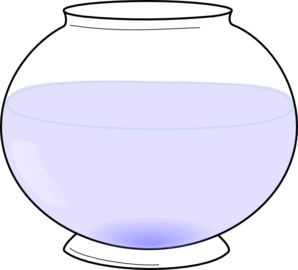Bubbles!
The sun is out, the weather continues to get warmer and the focus is anywhere but in the classroom. How do you harness the summer energy? By meeting them in the middle!
This is a lesson that was designed with my after school program children in mind, which means it can so easily be adapted for Kindergarten all the way to Grade Six.
Phase One: The big question: How can we make the BEST bubbles for chasing?
Phase Two: An informal KWL chart, then time to experiment!
Since this was with the after school program, we did the KWL chart as a discussion. If this was a classroom activity, students could work in groups to create their own KWL charts.
K - bubbles need water and soap, sometimes bubbles can have glue, bubbles need a stick to blow through
W - How much soap do we need? Can we add food colouring? If we use a star-shaped stick, will the bubbles look like stars? What is the best size for a bubble wand? Are big bubbles better for catching? Can we add anything else in the water to make bubbles?
L - This section will depend on the questions asked by your group.
In our group, several of our kindergartens were surprised to find out that a star-shaped bubble wand still made round bubbles! Our grade four, five and six students experimented with different amounts of corn syrup, glue and dish liquid. They discovered that sometimes less is more - especially when the corn syrup made "heavy" bubbles that did an immediate nosedive!
In our group, several of our kindergartens were surprised to find out that a star-shaped bubble wand still made round bubbles! Our grade four, five and six students experimented with different amounts of corn syrup, glue and dish liquid. They discovered that sometimes less is more - especially when the corn syrup made "heavy" bubbles that did an immediate nosedive!
This was such an exciting activity for everyone involved and a great excuse to get outdoors and have some fun.
Happy bubble blowing!
Too much corn syrup = heavy bubbles!
We found a great balance of soap and water.
Shaped bubble wands don't mean shaped bubbles!
(photo from Google Images)




















